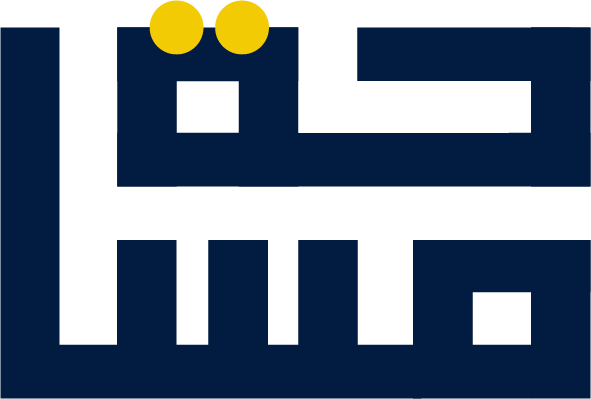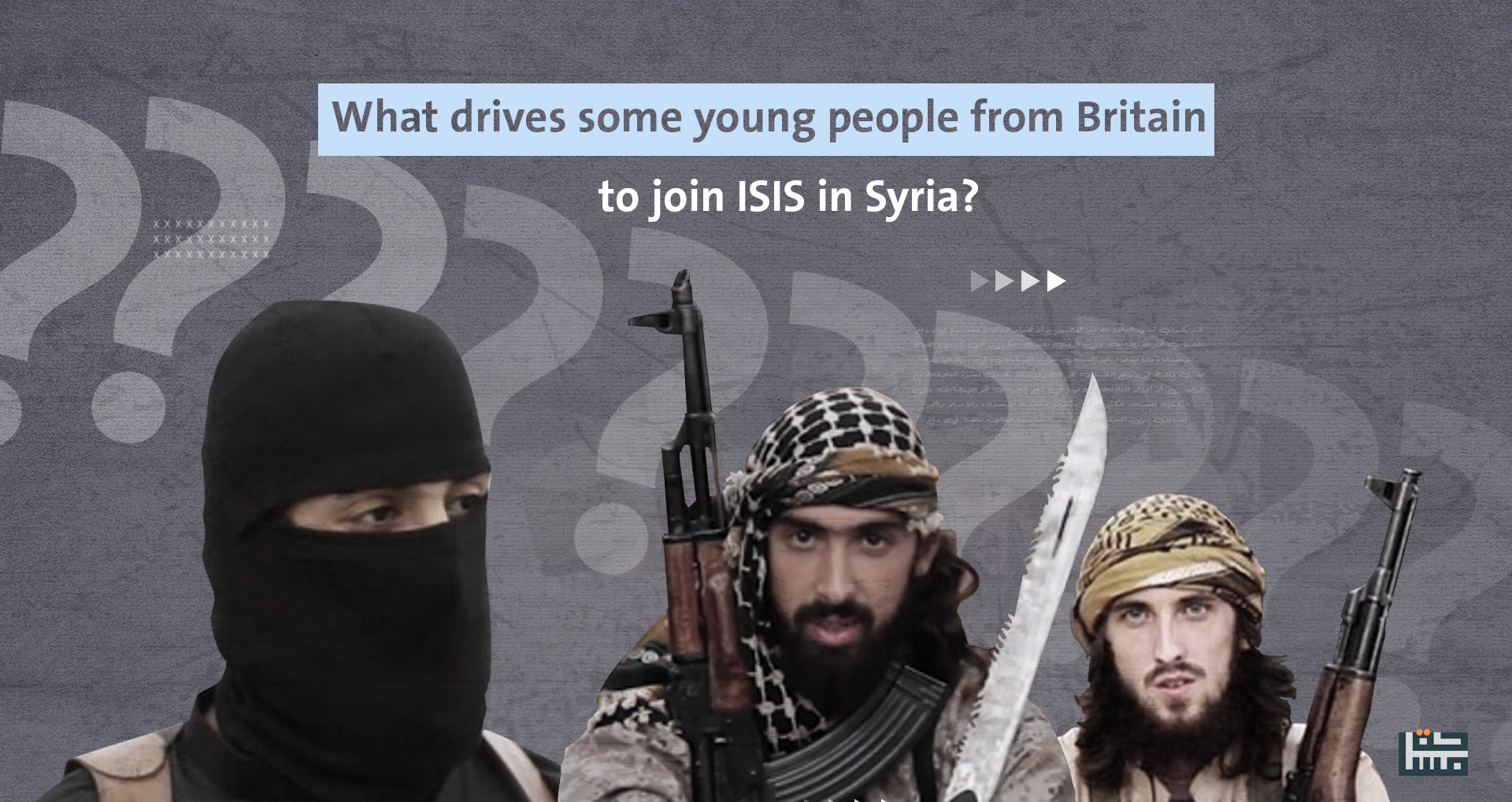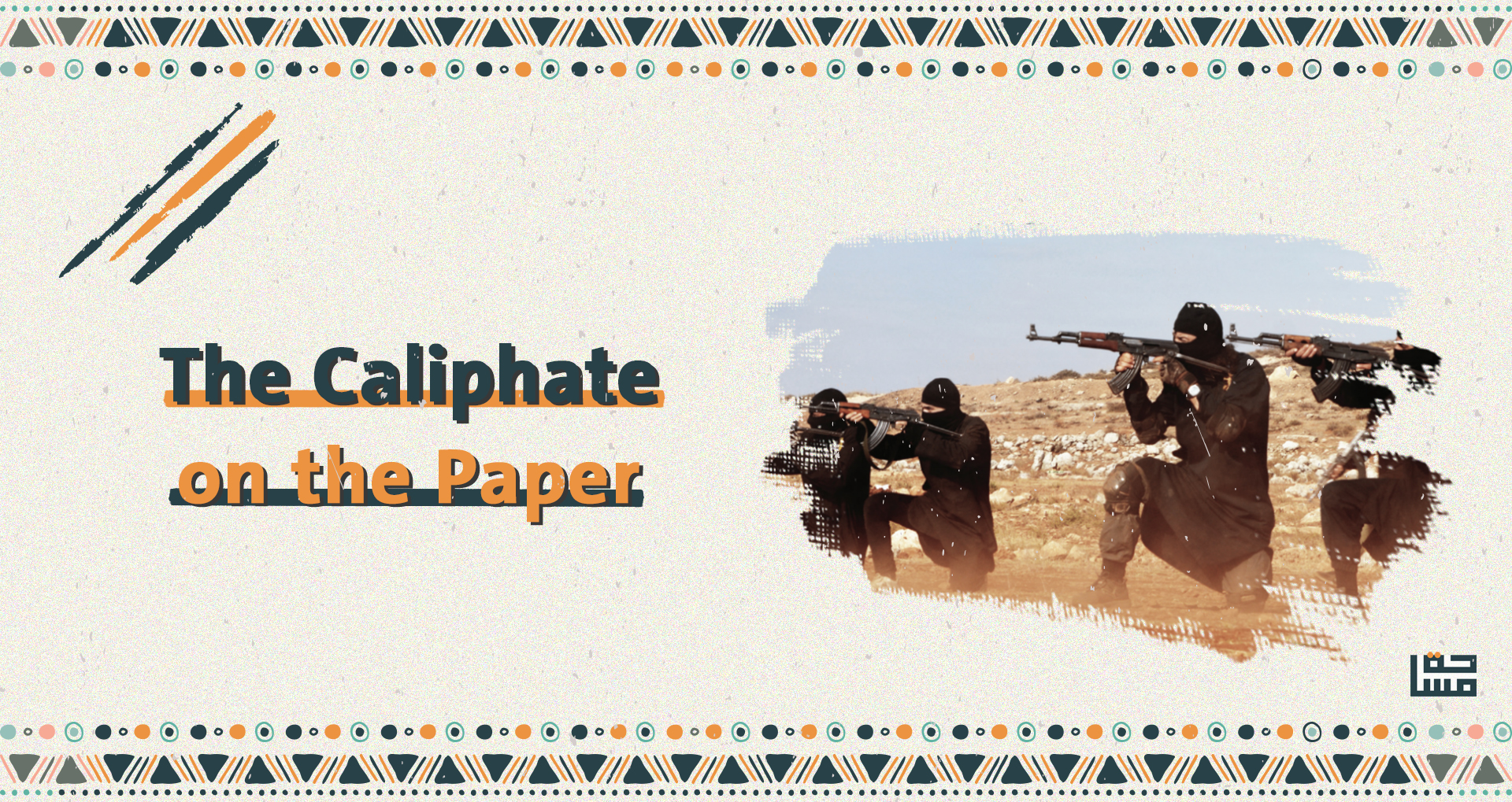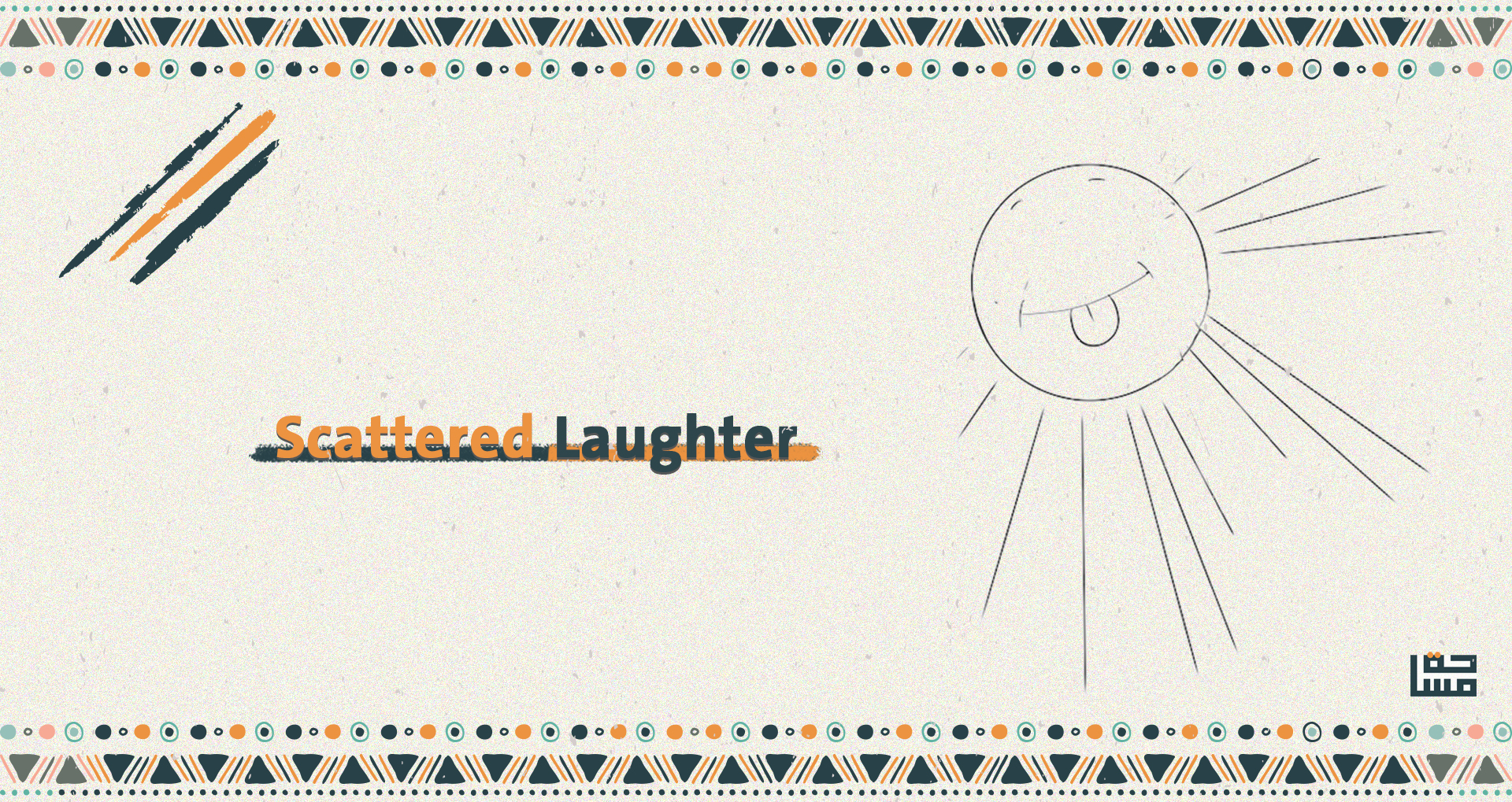Radicalism depiction in Arabic fiction
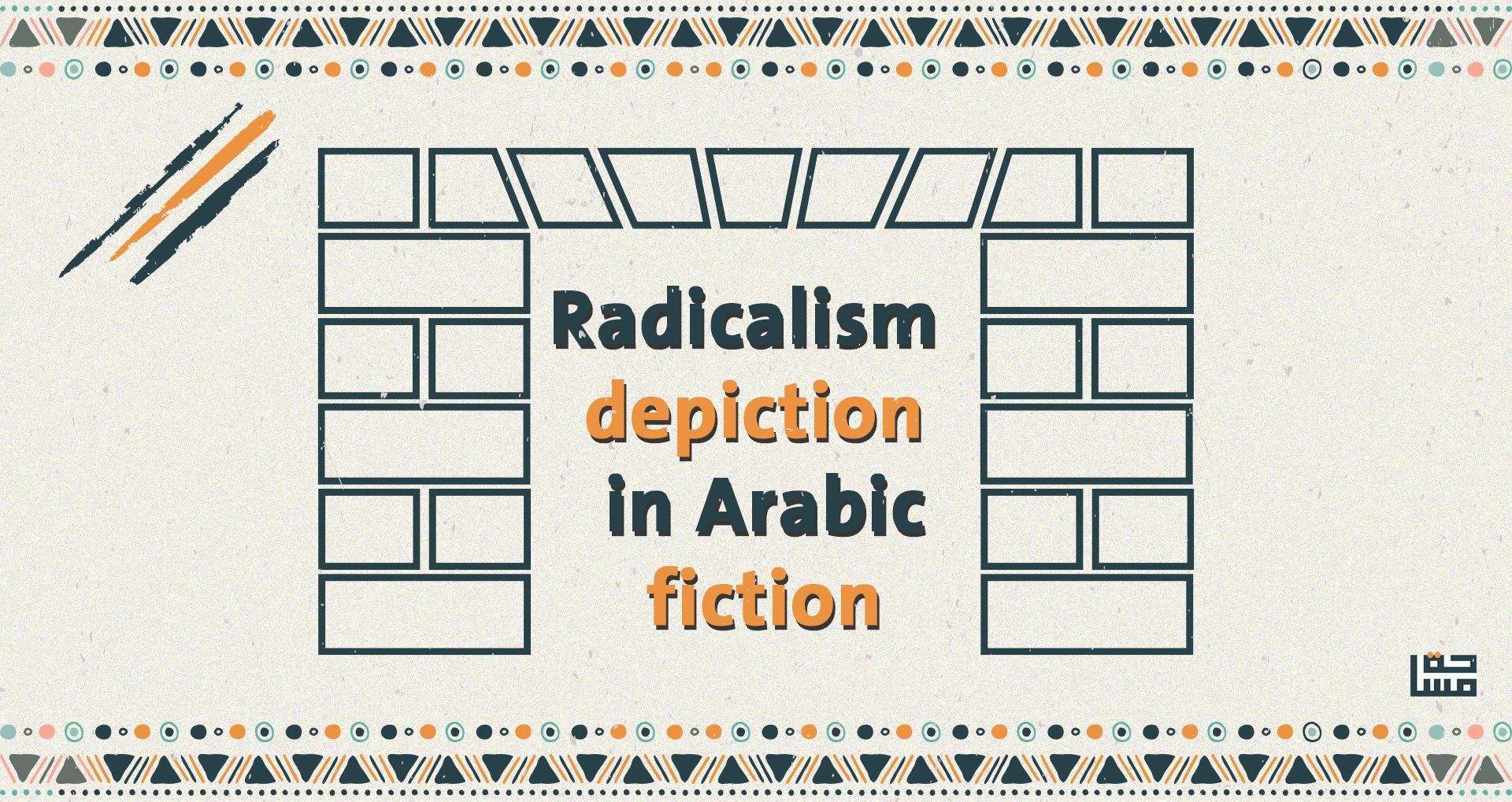
If the world seems to be infected with radicalism, the infection is double in the Arab and Islamic world. Radicalism here exceeds the religious limits to include the authority, political radicalism, and even intellectual radicalism.
Linking radicalism to terrorism shows tight linkage to each other. While radicalism contains extremism and rejecting the other, terrorism is violence in several forms. Hence, terrorism cannot exist without radicalism, and radicalism cannot survive without terrorism.
Because radicalism and terrorism widely spread on both the Arab and Islamic levels, especially after World War II, the echoes of extremism and terrorism depicted in the novel intensively, to the point that it was almost deafening and blinding eyes, hearts and minds especially after the revolutions known as the Arab Spring since 2011.
Radicalism and terrorism widely spread on both the Arab and Islamic levels, especially after World War II
In 1984, the Egyptian writer Naguib Mahfouz published a novel The Secret Organization which portrayed the assassination of Anwar Al-Sadat and the character of the radical young man and the structure of the Muslim Brotherhood movement, the family affiliated to the movement, the sleeper cells and the conscription mechanisms.
In Syria, the conflict between the authority and the Islamic movement was represented in many novels, such as Manhal Saraj’s What A River Can Do with its intensive symbolization and Khaled Khalifa’s Praising Hatred with its bloodshed reality.
Authoritarian and Islamic radicalism and terrorism broke out in Algeria before it did in Egypt and Syria. Dozens of novels portrayed the reality there, such as Wasini Al-Aaraj’s Lady of Maqam, Oriental Manuscript and Amin Zawi’s Smell of A Female, and A House of Skulls by Scheherazade Zagir, and Between the Jaws of a Homeland by Zahra Dik, and many others. Most novels in Algeria link the past and present, such as Wasini Al-Aaraj and Rabiaa Al-Jalty, and many others.
In Egypt, the blog on extremism and terrorism has dozens of novels, most of which are of new figures that appeared during the past two decades.
In Iraq, there is Sinan Antoine’s novel Ya Maryam. In Jordan, there are Season of the Mermaids by Jamal Naji, and The Second Dog War by Ibrahim Nasrallah. In Morocco, there is Muhammad Al-Ash’ari’s The Bow and the Butterfly, in Yemen Daughter of Suslov by Habib Abd al-Rab Soruri, in Kuwait The Kidnapping of the Beloved by Talib Al-Rifai, in the United Arab Emirates Khazina by Maryam Al-Ghafli, and in Saudi Arabia Al-Asfooriya by Ghazi Al-Qusaibi.
In Tunisia, there are several novels, such as Zafer Naji’s Hafif Al-Rouh, Kamal Al-Zaabani’s Waiting for Life, and many others.
When it comes to Syria, there are about 450 novels by 261 writers in addition to dozens of new figures, most of which were subjected to authoritarian and Islamic terrorism and radicalism. For example, from Raqqa there is Shahla Al-Ogayli’s A Summer with an Enemy, Mahmoud Hassan Al-Jasem published four novels, and dozens of many other novels.
In this flood of fiction, politics has prevailed over art in many novels, if not in most novels. The presence of Islamic religious extremism also dominated, with the exception of the novel The Certainty of Thirst to Christian extremism. Some novels turned a blind eye to religious radicalism and focused on authoritarian radicalism, as there are hundreds of Arabic novels on the political confinement and prisons.
In light of what I read from this flood, and what I wrote about it, the future seemed to be darkening. And now we are all slandered by the terrorism of globalization, as well as what is erupting in the whole world of right-wing extremism, regional and international alliances and conflicts affected by authoritarian radicalism which Donald Trump was one of its proliferating models.
In light of what I read from this flood, and what I wrote about it, the future seemed to be darkening.
